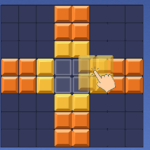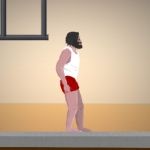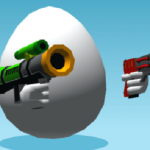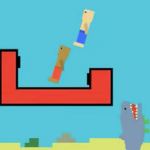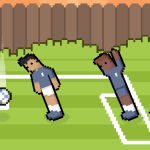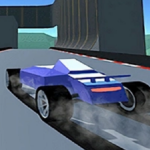

Flappy Bird
Flappy Bird is a mobile arcade game that became known for its simple yet demanding gameplay focused on rhythm and precision. The player controls a small bird that automatically moves forward while tapping the screen to make it flap upward. The goal is to navigate through a series of green pipes without hitting any obstacles. A single mistake ends the run instantly, creating a loop of quick attempts that test timing and focus. Despite its minimal visuals, Flappy Bird requires continuous attention and coordination, making each successful passage feel earned through practice and repetition.
Similiar games
Flappy Bird is a mobile arcade game that became known for its simple yet demanding gameplay focused on rhythm and precision. The player controls a small bird that automatically moves forward while tapping the screen to make it flap upward. The goal is to navigate through a series of green pipes without hitting any obstacles. A single mistake ends the run instantly, creating a loop of quick attempts that test timing and focus. Despite its minimal visuals, Flappy Bird requires continuous attention and coordination, making each successful passage feel earned through practice and repetition.
Core Gameplay And Control System
The main mechanic of Flappy Bird relies entirely on the player’s timing. Each tap raises the bird slightly, and gravity constantly pulls it downward. The balance between those two forces determines whether the player clears or collides with the next obstacle. The pace stays consistent, but the level of concentration increases the longer the session continues.
The core features of the game include:
· Continuous forward motion through an endless series of pipe gaps.
· Single-tap control for vertical movement.
· Instant restart after collision for rapid replay.
· Score counting based on the number of pipes passed.
· Simple 2D graphics optimized for quick mobile play.
These elements combine to create a format that is easy to understand yet difficult to maintain, keeping each session short but highly focused.
Design Simplicity And Learning Curve
Flappy Bird demonstrates how minimal design can create a complete gameplay experience. The bird’s movement is predictable, and the environment never changes in complexity — only the player’s skill evolves. The challenge arises from mastering consistency, not from new mechanics. Early sessions usually end quickly, but with repetition, players learn to read the rhythm and spacing between pipes. Over time, success comes from maintaining calm control rather than reacting impulsively. This design encourages persistence and concentration, traits common in skill-based arcade titles.
Player Strategy And Progression
Although Flappy Bird lacks levels or upgrades, players often create their own strategies to improve performance. Positioning the bird at a steady height and maintaining a consistent tap rhythm are key factors. Some players prefer focusing on the next obstacle, while others watch the overall flow of the screen to anticipate movements. The absence of checkpoints or power-ups means that every point scored represents a real achievement. Leaderboards add a competitive layer where high scores become personal goals shared among friends or communities.
Discuss Flappy Bird






